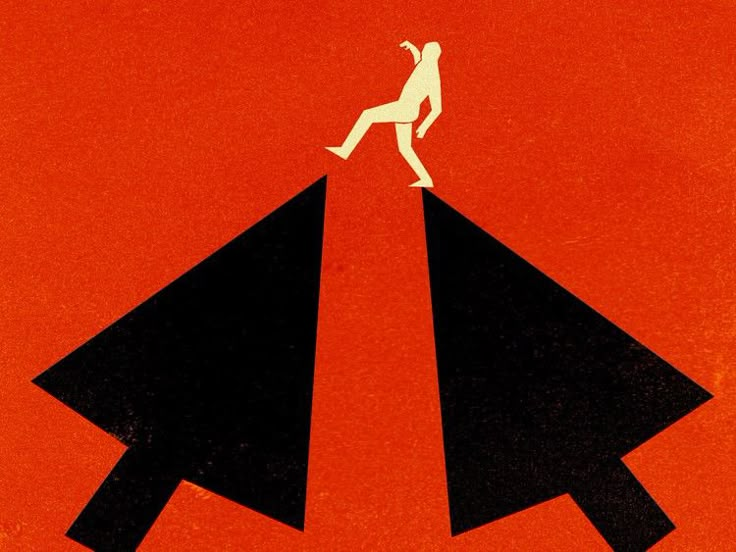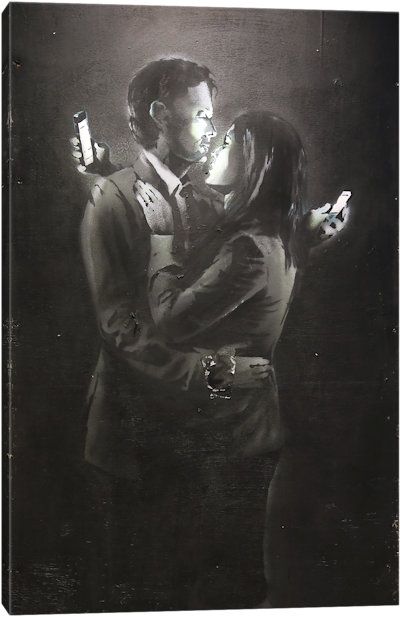every year in the 2ed of february some people celebrate in Global Hijab Day, maybe celebrate it’s a big word but there is a lot of people seeing in this day a chance to talk about hijab, especially with all of these movement against hijab and all of these statements about how the hijab is one of the most common issues about persecution of women’s right.
History of hijab/ Veiling
“” Veiling did not originate with the advent of Islam. Statuettes depicting veiled priestesses precede all major Abrahamic religions (Christianity, Judaism, and Islam), dating back as far as 2500 BCE. Elite women in ancient Mesopotamia and in the Byzantine, Greek, and Persian empires wore the veil as a sign of respectability and high status. In ancient Mesopotamia, Assyria had explicit sumptuary laws detailing which women must veil and which women must not, depending upon the woman’s class, rank, and occupation in society. Female slaves and prostitutes were forbidden to veil and faced harsh penalties if they did so. Veiling was thus not only a marker of aristocratic rank, but also served to “differentiate between ‘respectable’ women and those who were publicly available “”.
Hijab and violence
In recent years a lot of people start to do some movement and protest against hijab
and a lot of muslim women start to be subject to violence by society, the same society that calls for freedom.
Zainab Chaudry, American muslim women says :
“Recently I was in a grocery store parking lot and a guy swore at me and said, ‘You’re not welcome here, go back to where you came from.’ And it’s funny, because I was born in Maryland. I am American”
Zainab Chaudry its not the only women …
Increasingly, Muslim women are bearing the brunt of the hate. Recent incidents on Muslim women have seen them pushed in front of incoming trains; punched and kicked off buses; and attacked whilst collecting their children from school. And it’s Muslim women who wear the hijab most at risk.
“Visible Muslim women encounter the most violence and harassment at a street level,” Mughal explains. “There’s a definite gender issue here at work when it comes to anti-Muslim hate.” He says that 80 percent of the attacks after Paris were on women, and that the reasons for this are partly practical. “There’s a visibility factor. It’s easy to identify Muslim women who dress in Islamic dress. And also there’s the fact that they are less likely to fight back.”
Another story about violence against hijabi women tells us Fatima 24 years old
“I sat in front of a woman who grew tense and moved seats away from me. I noticed her changing seats, but didn’t think anything of it until I caught on she was being abusive. She started cursing out loud and saying ‘we’ were ‘devils’ and ‘spawns of Satan’ and something like that.”
unfortunately there is no limit for this hate !!
in one of the grocery store in California
a pregnant Muslim woman was pushing a cart and a man rammed the cart into her belly.
On the other hand there’s a lot of women in Iran fighting for their right to ditch their hijabs.
on December 27 of 2017 , a new revolution quietly began in Iran. Vida Movahed, a 31-year-old mother-of-one, stood on a box on Tehran’s busy Enghelab Street and removed her hijab. Letting her black hair fall down her back, she tied her white headscarf to a stick and silently waved it like a flag, for an hour.
Vida Movahed also not the only women doing that
Masih Alinejad 42 years ,has paid a high price for letting her hair down and criticising her government. She’s been sentenced to prison, fled her native Iran and is unable to see her family. Here, she reveals why all she wants is to give women the choice to wear the hijab or not
Masih Alinejad In her book, The Wind in my Hair sayes
“I’ve got too much hair, too much voice and I’m too much of a woman for them,”
in the same time Ala Abojaradeh Medical student at the university in jordan said:
” This Hijab for me is a part of my identity, as a proud Muslim women, as a person who wants everyone to know she is a Muslim with her freedom, opinions, thoughts and actions. Alhamdulillah that I have been gifted with wearing the hijab, and for every girl who is finding it hard to wear it to keep it on, you can do this! Allah only wants the best for us and if you look deep inside you will find a way to wear it with happiness. Forget about all the toxic things people say.
Society should always accept each other and stop judging, and hopefully one day that’s how the world will look like. “
And Ala again she is not the only women ..
Nadia Naqvi, 36, science teacher at Beaconsfield High School said:
“That’s actually the one question we as hijabis get asked the most. And if we don’t have, what we call a quote-unquote stock answer, I don’t think it’s doing our hijab justice. So when I first started wearing it I was 15. And my idea for wearing it when I was 15 was different than it is today, which is 20 years later. I wear it Number 1, first and foremost, because it is part of my religion … The second reason that I wear it, it’s a code for me. It makes me measure the way I walk, the way I talk, the way I think, the way I spend my money, the way I form my relationships — everything. Modesty is very important for me because it encompasses a lot of my life. Thirdly, and this is the reason I first started wearing it when I was a teenager, is I want people to look at me and really hear me and really see me, rather than the colour of my skin, which is the first thing that people see or the shape of my body or the length of my hair. I take a three-pronged approach, really.”
So, it is really about hijab?
dose women are really restricted by hijab? or women are restricted by society in general?
unfortunately it’s not just the society who do that, because even the law doing that.
Denmark has joined several other European countries in banning garments that cover the face, including Islamic veils such as the niqab and burqa, in a move condemned by human rights campaigners as “neither necessary nor proportionate”.
Austria, France and Belgium have similar laws.
The question now is …
is not one of the simplest human rights to choose what to wear?
to choose how they want to look?
is not one of the simplest human rights to be you, without being afraid from anything, without to be judged?



